Upcycling an Old Food Tray into Chic Decor
Are you tired of looking at that old food tray collecting dust in your kitchen? Well, it's time to unleash your creativity and transform it into a stunning piece of decor! Upcycling is not just about recycling; it's about taking something that no longer serves its original purpose and giving it a new life that fits your style. Imagine turning that mundane tray into a chic centerpiece for your coffee table or a stylish catch-all for your entryway. The possibilities are endless, and the best part? It’s a fun and fulfilling project that you can do right at home!
In this article, we will explore various techniques, materials, and design ideas to breathe new life into your old food tray. From choosing the right tray to preparing it for a makeover, painting techniques, and even functional uses, you’ll find everything you need to embark on this exciting upcycling journey. So, grab your tools, unleash your inner artist, and let’s dive into the world of chic decor!
The first step in your upcycling adventure is selecting the right tray. Not all trays are created equal, and the choice you make can significantly impact the outcome of your project. Consider factors like size, material, and overall condition. A wooden tray, for instance, might offer a rustic charm, while a metal one could provide a modern edge. Look for trays that have a solid structure but might be a little worn or outdated. Remember, the beauty of upcycling lies in embracing imperfections!
Here are some key points to keep in mind while choosing your tray:
- Size: Ensure it fits the space where you plan to use it.
- Material: Wood, metal, or plastic can all be transformed in unique ways.
- Condition: Look for trays with minimal damage; minor scratches can often be sanded out.
Once you've chosen the perfect tray, it's time to prepare it for its transformation. Proper preparation is essential to ensure the best results. This includes cleaning, sanding, and priming the surface. Each step is crucial in creating a smooth canvas for your artistic expression!
Effective cleaning techniques will help remove grime and stains from your tray. Start by using gentle cleaners and soft tools to avoid damaging the material. A simple mixture of warm water and mild soap can work wonders. For stubborn spots, try using a soft scrub brush or a sponge. The goal here is to achieve a spotless finish without compromising the tray's integrity.
Stubborn stains can detract from the tray's appearance, but fear not! There are several methods for stain removal that can restore its original beauty. Consider using natural solutions like baking soda and vinegar or commercial products designed for your tray's material. Just remember to test any cleaner on a small, inconspicuous area first to ensure it doesn’t cause damage.
Surface preparation involves sanding and priming to create a smooth base for painting or decorating. Sanding helps to remove any rough spots and creates a surface that paint can adhere to better. After sanding, apply a primer suitable for the tray’s material. This step is vital, especially if you're planning to use bright colors or intricate designs.
Now comes the fun part—selecting a cohesive design theme! Your chosen theme will guide your upcycling project and help you create a piece that complements your decor. Whether you’re drawn to rustic charm, modern minimalism, or vintage elegance, there are countless styles to explore. Think about how you want your tray to fit into your home. Will it be a statement piece, or will it blend seamlessly with existing decor?
Painting is a popular method for upcycling trays, and it opens up a world of creative possibilities. You can go bold with bright colors, or keep it subtle with pastels. The choice is yours! Different painting techniques can also yield various effects, from smooth finishes to textured looks.
Understanding the types of paint suitable for your tray material is essential. Here are a few options to consider:
- Acrylic Paint: Great for wood and provides a durable finish.
- Chalk Paint: Perfect for a matte finish and easy to distress for a vintage look.
- Spray Paint: Ideal for a smooth, even coat and quick application.
Don’t forget the finishing touches! Adding embellishments can elevate your upcycled tray from ordinary to extraordinary. Consider using stencils for intricate designs, decoupage to add visual interest, or hardware like handles for a functional twist. These little details can make a significant impact on the overall look and feel of your tray.
Once your tray is beautifully upcycled, it can serve multiple purposes in your home. Here are some creative ways to incorporate your newly transformed tray into your daily life and decor:
- Use it as a stylish centerpiece for your dining table.
- Transform it into a catch-all for keys and mail in your entryway.
- Display your favorite candles or plants to add a personal touch to any room.
Q: Can I use any type of tray for upcycling?
A: While you can use various types of trays, consider the material and condition for the best results. Wooden and metal trays are popular choices.
Q: Do I need special tools for upcycling?
A: Basic tools like sandpaper, paintbrushes, and cleaning supplies are typically sufficient. However, additional tools may enhance your project.
Q: How can I ensure my paint lasts?
A: Proper surface preparation and using a sealant after painting can help ensure your design lasts for years to come.
Q: Is upcycling expensive?
A: Upcycling can be very budget-friendly, especially if you use materials you already have at home. It’s a great way to save money while being creative!
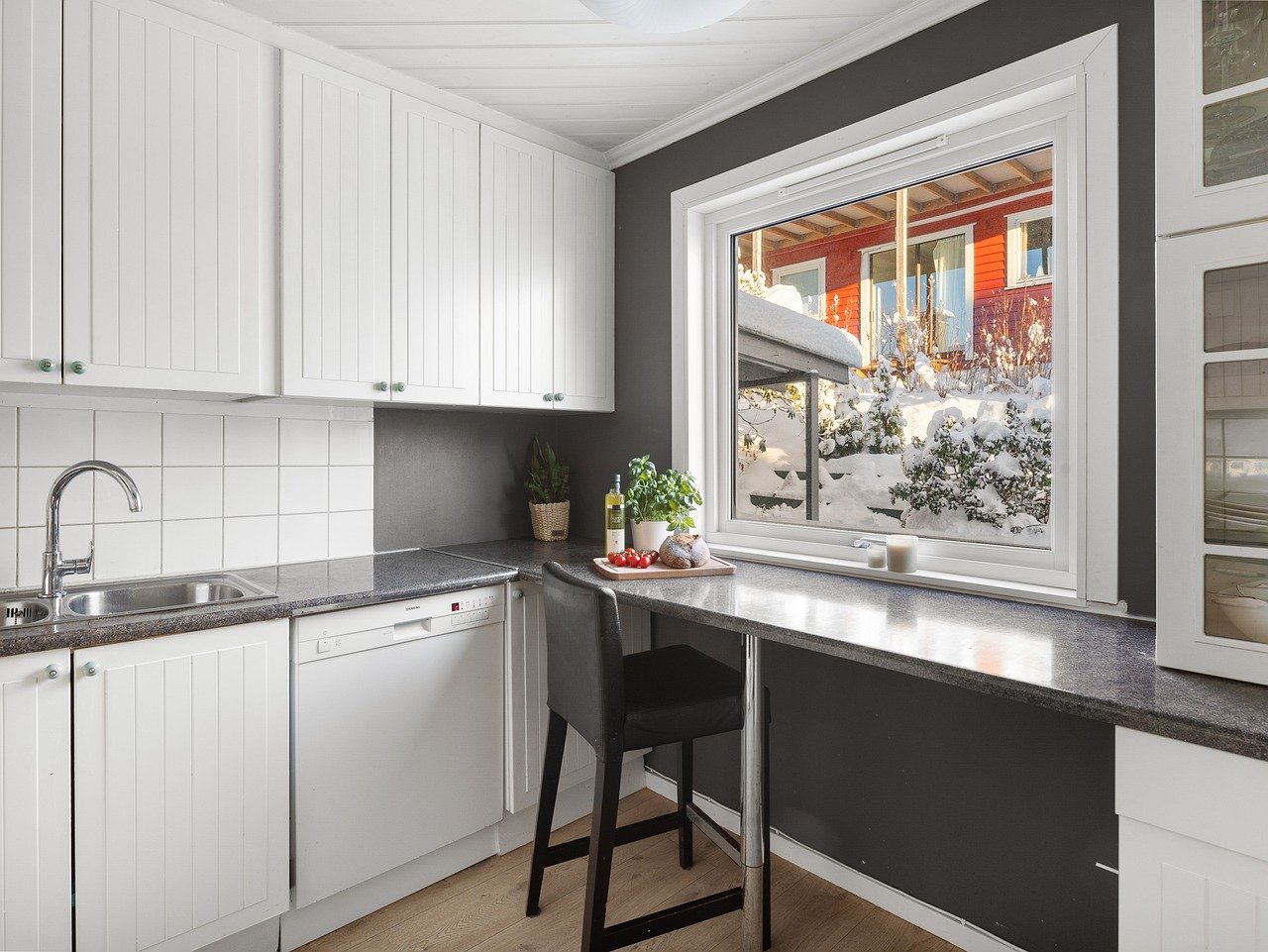
Choosing the Right Tray
When it comes to upcycling an old food tray, the first step is to choose the right tray. This decision is crucial as it sets the foundation for your entire project. You might be wondering, "What should I look for in a tray?" Well, let’s break it down. First, consider the size of the tray. A larger tray can serve as a stunning centerpiece, while a smaller one might be perfect for holding keys or other small items. Think about where you plan to display it; this will help you determine the ideal dimensions.
Next up is the material. Trays can be made from various materials like wood, metal, plastic, or even ceramic. Each material has its own charm and potential for transformation. For instance, a wooden tray can be painted and distressed for a rustic look, while a metal tray can be polished and adorned with vibrant colors for a modern feel. Be sure to inspect the overall condition of the tray as well; look for any major dents, scratches, or rust that may hinder your project. Minor imperfections can often add character, but significant damage might require more work than it’s worth.
Additionally, think about the style of the tray. Is it ornate with intricate designs, or is it sleek and minimalist? The style will influence the overall aesthetic of your upcycled decor. If you’re aiming for a particular theme in your home, such as bohemian, industrial, or farmhouse, pick a tray that complements that vision. A tray that resonates with your personal style will not only be more enjoyable to work on but will also enhance your decor once completed.
Lastly, don’t forget to consider the functionality of the tray. Will it be purely decorative, or do you want it to serve a practical purpose? Perhaps you envision it holding candles on your coffee table or organizing your bathroom essentials. By answering these questions, you’ll be well on your way to selecting the perfect tray for your upcycling project.

Preparing the Tray for Upcycling
Proper preparation of the tray is essential before diving into your upcycling project. Think of it as laying the foundation for a beautiful house; if the base isn’t solid, everything built on top may crumble. First things first, you need to clean the tray thoroughly. Dust, grease, and grime can hide imperfections that you might want to address later. Using a gentle cleaner, like a mixture of warm water and vinegar, can work wonders. Just grab a soft cloth or sponge and scrub away! Remember, the goal here is to preserve the material while achieving a spotless finish.
Once your tray is squeaky clean, it’s time to tackle any stubborn stains that might be lurking. If you encounter tough spots, don’t fret! There are a few methods to restore your tray's original beauty:
- Natural Solutions: Try using baking soda mixed with water to create a paste. Apply it to the stains, let it sit for a few minutes, and then scrub gently.
- Commercial Products: If natural solutions don’t do the trick, consider using a specialized cleaner designed for your tray's material, but always test it on a small area first!
After cleaning and stain removal, the next step is surface preparation. This is where the magic really happens! Sanding the tray helps to smooth out any rough edges and ensures that paint or other decorative elements adhere well. Use fine-grit sandpaper to gently sand the surface, paying special attention to any areas that feel uneven. Once you've achieved a smooth finish, it’s a good idea to wipe down the tray with a damp cloth to remove any dust created during sanding.
Now, if your tray has a shiny or glossy finish, you might want to consider priming it. Priming creates a better surface for paint to stick to, especially if you’re using a lighter color. Choose a primer that is compatible with the paint you plan to use, and apply it evenly across the tray. Allow it to dry completely before moving on to the fun part—decorating!
In summary, preparing your old food tray for upcycling involves a few key steps: cleaning, stain removal, sanding, and priming. Each step is crucial in ensuring that your final product not only looks stunning but also stands the test of time. So roll up your sleeves and get ready to transform that tray into a chic decor piece!
Q: Can I use any type of cleaner on my tray?
A: It's best to use gentle cleaners that won't damage the material. Avoid harsh chemicals, especially on wood or metal trays.
Q: How do I know if my tray needs sanding?
A: If the surface feels rough or has any imperfections, sanding will help create a smooth base for painting or decorating.
Q: Is priming necessary before painting?
A: Priming is recommended, especially for glossy surfaces or if you're using light-colored paint on a dark base.
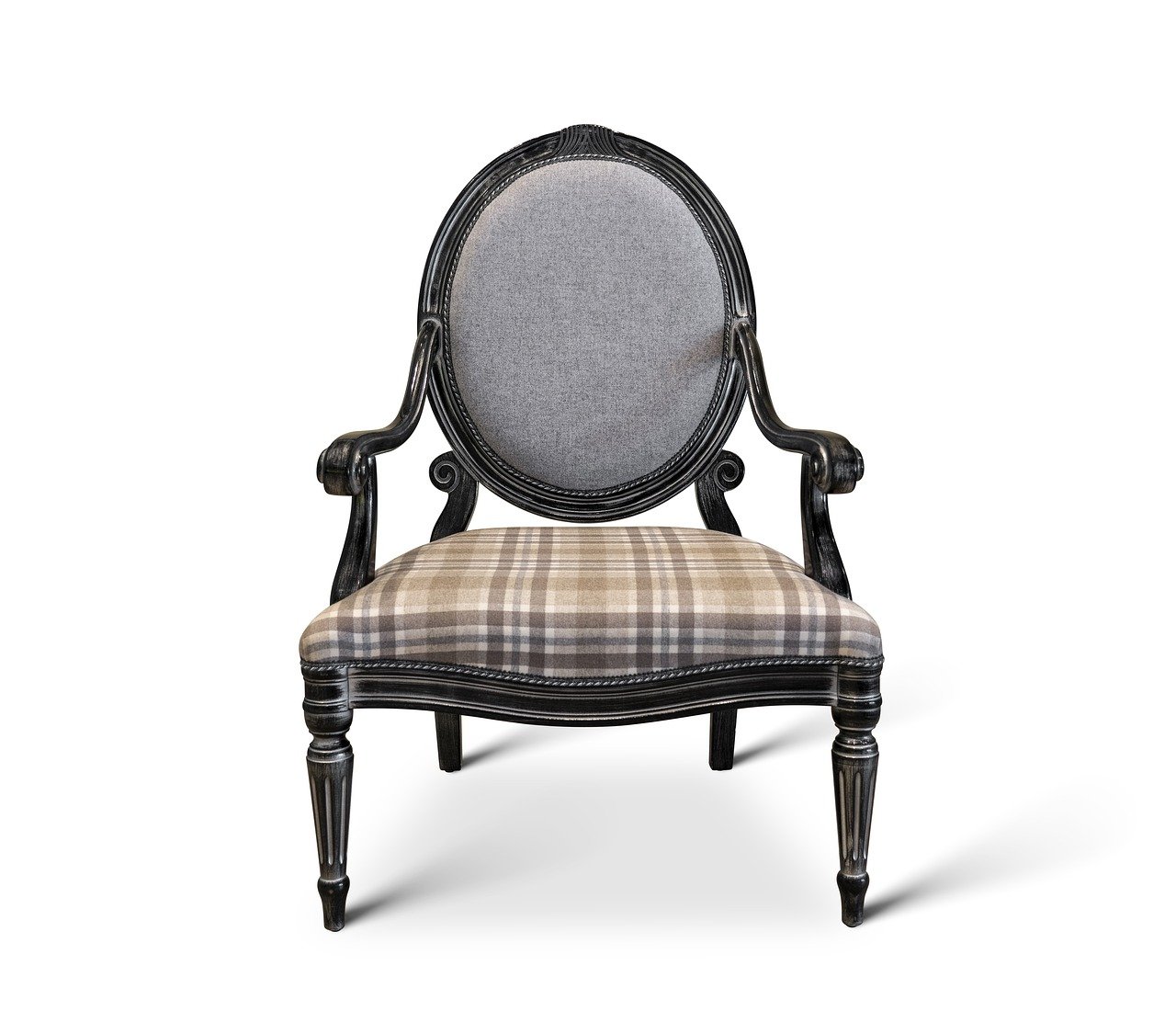
Cleaning Techniques
When it comes to upcycling your old food tray, the first step is to ensure it’s squeaky clean. After all, you wouldn’t want to start a beautiful project on a dirty canvas, right? The cleaning process is not just about aesthetics; it’s about creating a surface that can hold paint and other decorative elements effectively. Begin by rinsing the tray under warm water to loosen any stuck-on food particles or grime. For tougher residues, a gentle scrub with a sponge and a mild dish soap can work wonders. Remember, the goal is to be thorough but gentle—harsh scrubbing can damage the tray's finish.
Once you’ve tackled the initial wash, it’s time to focus on those stubborn stains that can sometimes feel like they’re embedded in the material. Depending on the type of tray you’re working with, you might want to try a few different cleaning agents. Here are some effective options:
- Baking Soda Paste: Mix baking soda with a little water to create a paste. Apply it directly to the stain and let it sit for about 15 minutes before scrubbing gently.
- Vinegar Solution: For a natural solution, mix equal parts of vinegar and water. Spray it onto the stained area, let it sit for a few minutes, and then wipe it clean.
- Commercial Cleaners: If the stains are particularly tough, don’t hesitate to use a commercial cleaner designed for the material of your tray. Just be sure to follow the instructions carefully!
After you’ve tackled the stains, rinse the tray thoroughly to remove any cleaning residue. It’s crucial to let the tray dry completely before moving on to the next steps in your upcycling adventure. Any moisture left can interfere with paint adhesion and ruin your hard work. If you’re in a hurry, a quick wipe with a clean, dry cloth can help speed up the drying process.
Once your tray is clean and dry, the next step is surface preparation, which involves sanding and priming. This will ensure your tray is ready to accept paint or other decorative elements beautifully. But cleaning is the foundation of your project, and by taking the time to do it right, you’re setting yourself up for success!
Q: Can I use bleach to clean my tray?
A: While bleach can be effective for some surfaces, it’s best to avoid it on decorative trays, especially those made of wood or delicate materials, as it can cause discoloration and damage.
Q: How do I know if my tray is clean enough?
A: A clean tray should feel smooth to the touch, and there should be no visible residues or odors. If in doubt, give it another rinse!
Q: Is it necessary to sand the tray after cleaning?
A: Yes! Sanding helps to create a rough surface that allows paint to adhere better. It’s an essential step for a successful upcycle.
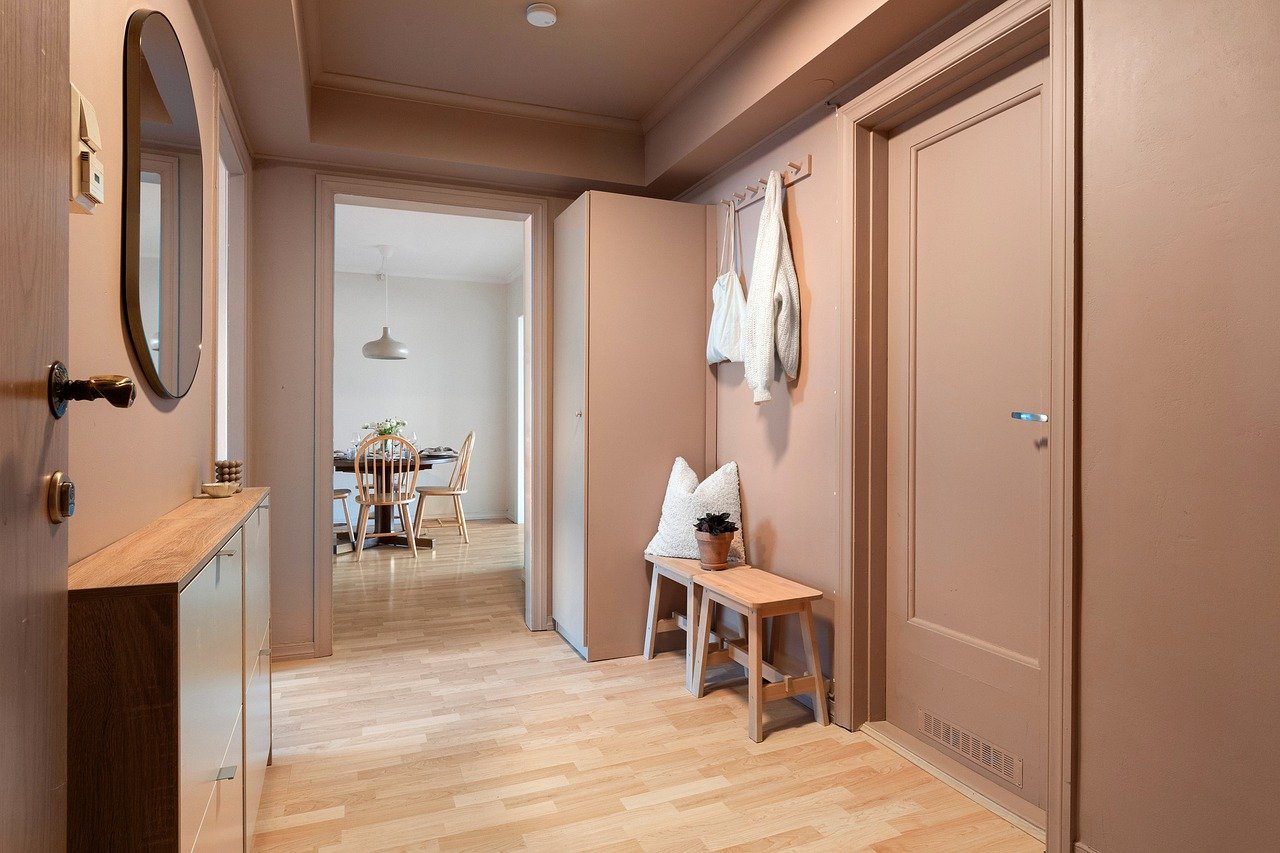
Removing Stains
This article explores creative ways to transform an old food tray into stylish home decor. Discover various techniques, materials, and design ideas to breathe new life into your tray.
Selecting an appropriate old food tray is crucial for your upcycling project. Consider factors like size, material, and overall condition to ensure a successful transformation.
Proper preparation of the tray is essential before starting your upcycling project. This includes cleaning, sanding, and priming the surface to ensure the best results.
Effective cleaning techniques will help remove grime and stains from the tray. Use gentle cleaners and tools to preserve the tray's material while achieving a spotless finish.
Stubborn stains can detract from the tray's appearance, making it look old and uninviting. To restore its original beauty, you’ll want to tackle these pesky blemishes head-on. Start by assessing the type of stain you’re dealing with. For instance, grease stains might require a different approach compared to watermarks or food residue. Here are some effective methods you can employ:
- Natural Solutions: For light stains, consider using a mixture of baking soda and water to create a paste. Apply it directly to the stain, let it sit for about 15-20 minutes, and then gently scrub with a soft cloth. This method is not only effective but also eco-friendly!
- Vinegar and Water: A solution of equal parts vinegar and water can work wonders on tough stains. Spray it on the affected area, let it soak for a few minutes, and wipe clean. The acidity in vinegar helps break down stains without damaging the tray.
- Commercial Cleaners: If natural methods don’t do the trick, there are plenty of commercial cleaners designed specifically for various materials. Always read the label to ensure compatibility with your tray's material.
Once you’ve removed the stains, it’s important to rinse the tray thoroughly and dry it completely to prevent any moisture damage. Remember, the goal is to bring out the best in your tray, so don’t rush through this step!
Surface preparation involves sanding and priming to create a smooth base for painting or decorating. Learn the best practices for preparing your tray for a fresh new look.
Selecting a cohesive design theme will guide your upcycling project. Whether rustic, modern, or vintage, explore various styles to enhance your decor vision.
Painting is a popular method for upcycling trays. Discover different painting techniques, color choices, and finishes to achieve your desired aesthetic.
Understanding the types of paint suitable for your tray material is essential. Explore options like acrylic, chalk paint, and spray paint to find the perfect match for your project.
Adding finishing touches can elevate your upcycled tray. Consider embellishments like stencils, decoupage, or hardware to personalize and enhance the final design.
An upcycled tray can serve multiple purposes in your home. Explore creative ways to incorporate your newly transformed tray into your daily life and decor.
Q: Can I use any type of tray for upcycling?
A: While you can use various trays, it's best to choose one made of materials that can withstand cleaning and painting, such as wood, metal, or sturdy plastic.
Q: How do I know if my tray is worth upcycling?
A: If the tray has sentimental value, a unique design, or is made from quality materials, it’s definitely worth considering for an upcycling project.
Q: What if my tray has deep scratches or dents?
A: Deep scratches can be filled with wood filler for wooden trays or sanded down for metal trays. After treatment, you can paint over them for a smooth finish.
Q: How can I maintain my upcycled tray?
A: Regular cleaning with gentle soap and water will help maintain its appearance. Avoid harsh chemicals to keep the finish intact.
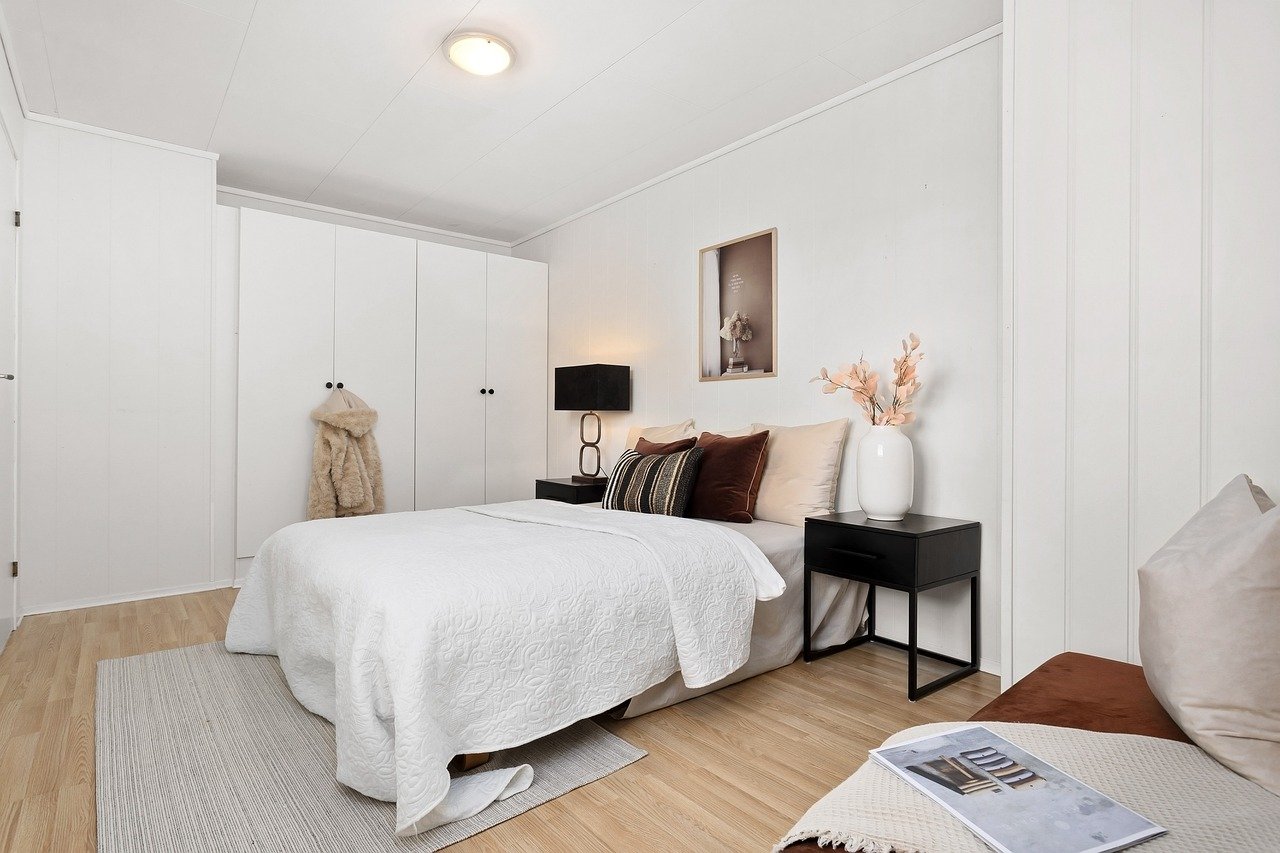
Surface Preparation
Before diving headfirst into your upcycling project, it's essential to understand the importance of . Think of your old food tray as a blank canvas; if the canvas isn't prepped correctly, your masterpiece won't shine as it should. Proper preparation ensures that paint adheres well, resulting in a smooth, professional-looking finish. So, how do you get that tray ready for its transformation? Let’s break it down.
First, you’ll want to start with sanding. This step is crucial, especially if your tray has a glossy finish or any imperfections. Grab some fine-grit sandpaper and gently sand the entire surface of the tray. This will create a rough texture that helps the paint stick better. Remember, you’re not trying to strip the tray down to its bare bones; just enough to dull the surface. After sanding, wipe away any dust with a damp cloth to ensure a clean workspace.
Next up is priming. Applying a primer is like putting on a good foundation before makeup; it sets the stage for everything that follows. Choose a primer that’s suitable for the material of your tray—whether it’s wood, metal, or plastic. A good primer not only enhances paint adhesion but also helps to prevent any stains from bleeding through. Apply the primer evenly with a brush or a spray can, and let it dry completely according to the manufacturer's instructions. This step is non-negotiable if you want your upcycled tray to look its best!
Once the primer is dry, give the tray another light sanding. This might seem redundant, but it’s a crucial step that ensures an even smoother surface for painting. After this, wipe it down again to remove any dust particles. Now, your tray is ready to embrace its new look!
In summary, here’s a quick recap of the surface preparation steps:
- Sanding: Smooth out the surface and remove any gloss.
- Cleaning: Wipe away dust after sanding.
- Priming: Apply a suitable primer for better paint adhesion.
- Final Sanding: Lightly sand after priming for a smooth finish.
By following these steps, you ensure that your upcycled food tray isn’t just a project, but a stunning piece of decor that you can be proud of. Remember, a little effort in preparation goes a long way in achieving that chic, polished look you desire!
Q: Do I really need to prime my tray before painting?
A: Yes! Priming helps the paint adhere better and prevents stains from showing through.
Q: Can I use any type of paint on my tray?
A: It depends on the material of your tray. Make sure to choose a paint type that is compatible with the surface.
Q: How long should I wait for the primer to dry?
A: Follow the manufacturer's instructions, but generally, it takes about 1-2 hours for most primers to dry completely.
Q: What if I don't have sandpaper?
A: You can use a fine-grit sanding block or even a scrubbing pad, but sandpaper is usually the most effective.
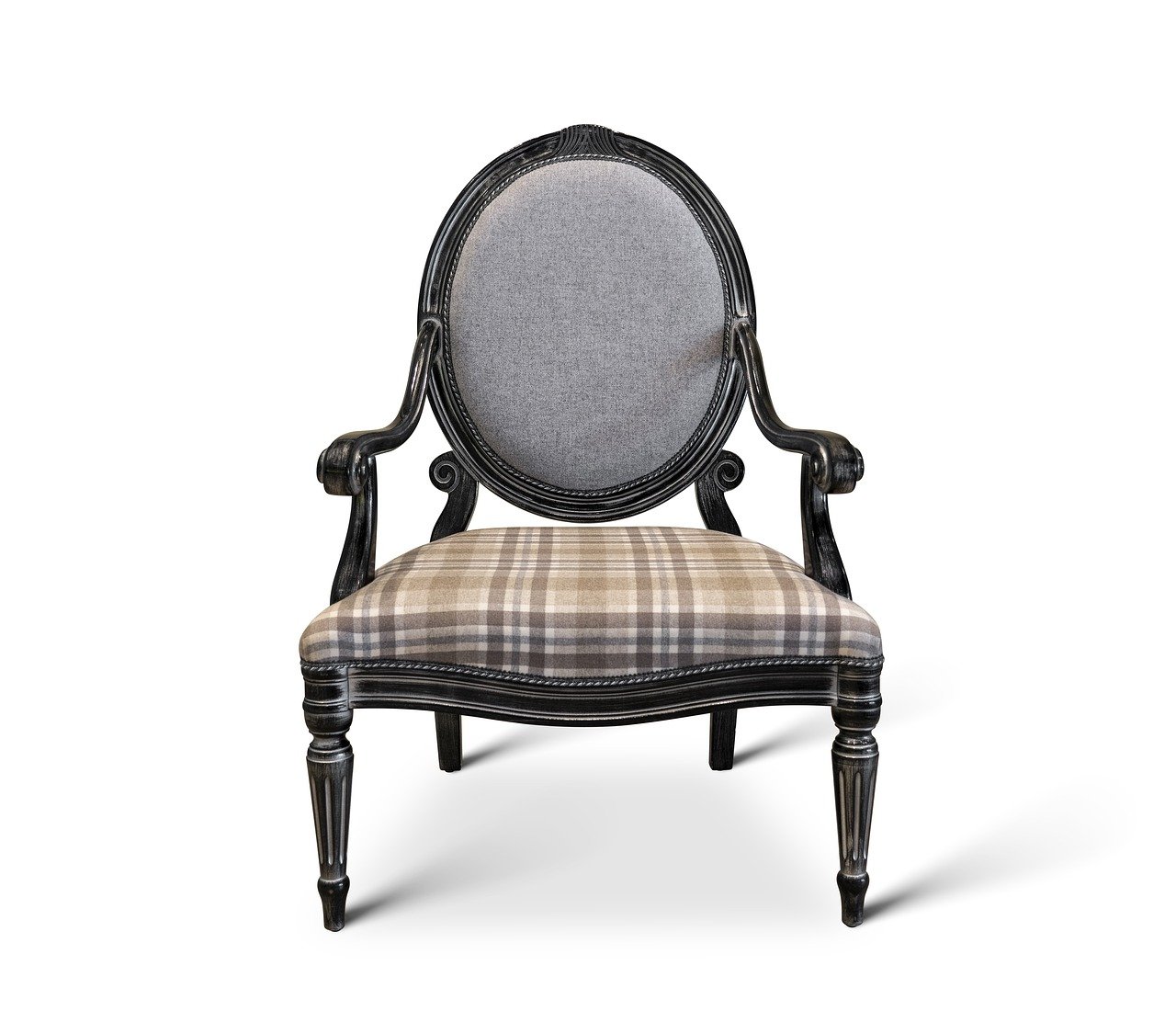
Choosing a Design Theme
When diving into the world of upcycling, one of the most exciting aspects is selecting a design theme that resonates with your personal style. Think of your old food tray as a blank canvas, ready to be transformed into a piece of art that reflects your personality and complements your home decor. But how do you choose the right theme? It’s all about envisioning how the tray will fit into your existing space and what vibe you want to create. Are you leaning towards a rustic charm, a sleek modern aesthetic, or perhaps a vintage flair? Each theme has its unique characteristics and can dramatically change the look and feel of your tray.
For a rustic theme, consider using earthy colors and natural materials. Imagine a tray adorned with warm browns, deep greens, and maybe even some reclaimed wood accents. This style evokes a sense of coziness and can easily fit into a country or farmhouse setting. On the other hand, if you're drawn to a modern aesthetic, think about clean lines and bold colors. A tray painted in a vibrant hue or adorned with geometric patterns can serve as a striking centerpiece in a contemporary home.
Now, if vintage is more your style, you might want to explore pastel colors and floral designs. Vintage themes often bring a sense of nostalgia and warmth, perfect for creating a quaint atmosphere. You can even mix and match elements from different eras, creating a eclectic look that tells a story. The beauty of upcycling is that you can experiment with various styles until you find the one that truly speaks to you.
To help guide your design choices, consider creating a mood board. This can be a physical board or a digital collection of images, colors, and textures that inspire you. Gather swatches, magazine clippings, or even Pinterest pins that reflect your desired theme. This visual representation will not only help clarify your vision but also keep you motivated throughout the upcycling process.
Ultimately, your design theme should be a reflection of who you are. Don’t be afraid to let your creativity shine. After all, the goal of upcycling is to breathe new life into something old, turning it into a unique piece that adds character and charm to your home. So, whether you decide to go rustic, modern, vintage, or a combination of styles, embrace the journey of transformation and enjoy the process of making something truly your own.
- What materials are best for upcycling food trays? - Wood, metal, and plastic are popular choices, each offering unique possibilities for design.
- Can I use any paint for upcycling? - It's best to choose paint that adheres well to the tray's material, such as acrylic for wood or spray paint for metal.
- How can I ensure my design lasts? - Sealing your painted tray with a clear coat can protect it from wear and tear.
- What are some functional uses for an upcycled tray? - Upcycled trays can serve as decorative centerpieces, serving platters, or even organizers for your workspace.
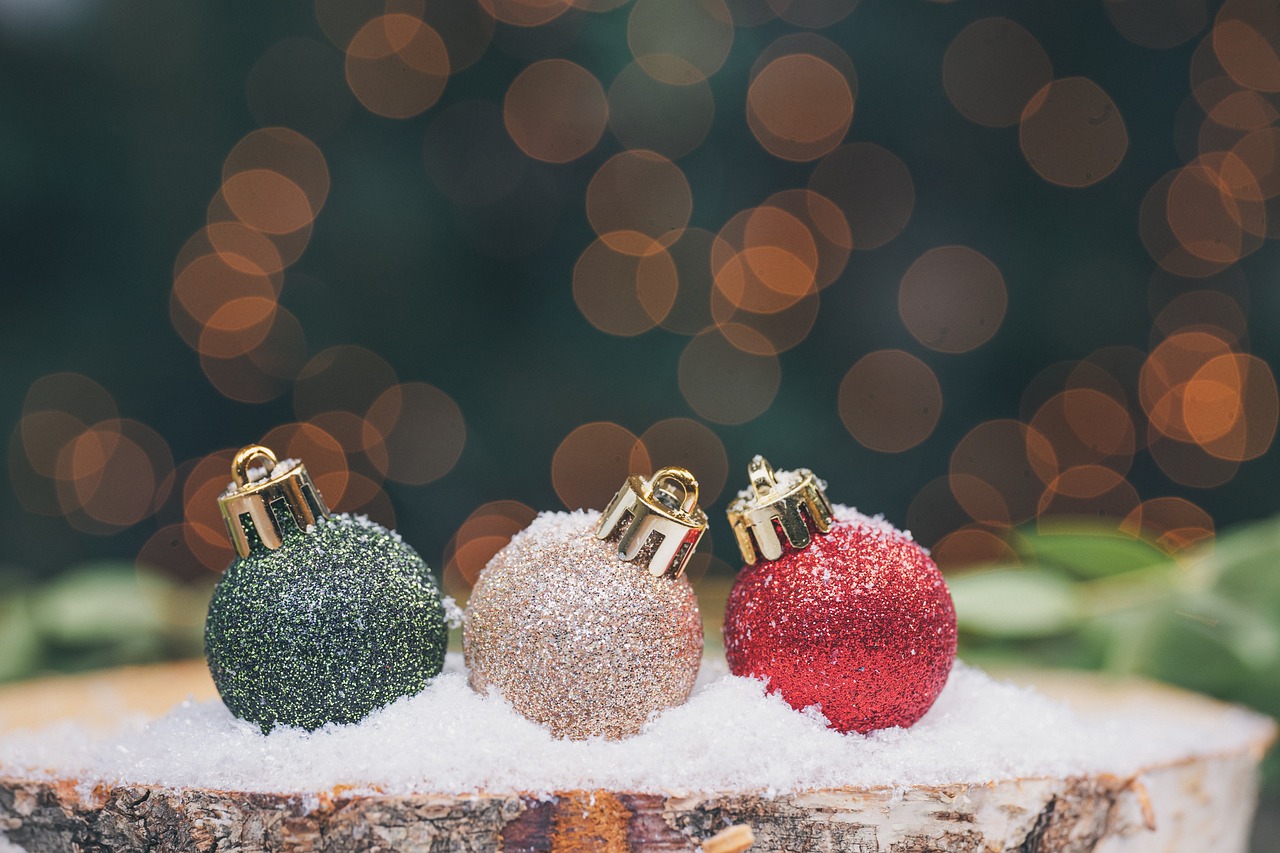
Painting Techniques for Your Tray
When it comes to giving your old food tray a stunning makeover, painting is one of the most effective and enjoyable techniques to explore. Not only does it provide an opportunity to express your creativity, but it also allows you to match the tray with your existing decor. So, what are the best painting techniques to consider? Let’s dive into the vibrant world of colors and finishes!
First off, you need to understand that not all paints are created equal. The type of paint you choose can greatly affect the final look and durability of your upcycled tray. For instance, acrylic paint is a fantastic option for most surfaces due to its versatility and quick-drying properties. If you’re looking for a more rustic vibe, chalk paint is perfect as it provides a matte finish and is easily distressed for that shabby-chic look. On the other hand, spray paint can offer a smooth, even coat and is ideal for intricate designs, but it requires a bit more care to avoid drips and uneven patches.
Once you've chosen your paint, the next step is to decide on a color palette. Think about the mood you want to create. Do you want something vibrant and bold, or calm and neutral? A well-thought-out color scheme can transform the entire aesthetic of your tray. For example, pairing a soft pastel base with metallic accents can create a stunning contrast that draws the eye. If you’re unsure where to start, consider creating a mood board or using color swatches to visualize your ideas.
Now, let’s talk about application techniques. There are a few methods you can use to apply the paint, each yielding different results:
- Brush Painting: This traditional method allows for detailed work and is perfect for adding texture. Use a high-quality brush to avoid streaks.
- Sponge Painting: For a softer, more blended look, try using a sponge. This technique is great for creating gradients or a mottled effect.
- Stenciling: If you want to add patterns or designs, stenciling is a fun way to go. You can create your own stencils or purchase ready-made ones.
After painting, the finishing touches can make a world of difference. Consider applying a sealant to protect your tray from scratches and spills. A clear acrylic spray or a water-based polyurethane can help preserve the beauty of your work. Additionally, think about adding embellishments like decoupage or stencils to personalize your tray further. These elements can turn a simple painted surface into a work of art that reflects your personality and style.
Remember, patience is key in this process. Allow each layer of paint to dry completely before applying the next. This not only prevents smudging but also ensures a more polished final product. With a little time and creativity, your upcycled tray can become a stunning centerpiece in your home!
Q: What type of paint works best for metal trays?
A: For metal trays, acrylic paint or spray paint designed for metal surfaces works best. Make sure to use a primer first for better adhesion.
Q: Can I paint over a previously painted tray?
A: Yes, you can! Just ensure the old paint is clean and lightly sanded to help the new paint adhere better.
Q: How do I clean my painted tray?
A: Use a damp cloth with mild soap to clean your painted tray. Avoid harsh chemicals, as they can damage the paint.

Types of Paint
This article explores creative ways to transform an old food tray into stylish home decor. Discover various techniques, materials, and design ideas to breathe new life into your tray.
Selecting an appropriate old food tray is crucial for your upcycling project. Consider factors like size, material, and overall condition to ensure a successful transformation.
Proper preparation of the tray is essential before starting your upcycling project. This includes cleaning, sanding, and priming the surface to ensure the best results.
Effective cleaning techniques will help remove grime and stains from the tray. Use gentle cleaners and tools to preserve the tray's material while achieving a spotless finish.
Stubborn stains can detract from the tray's appearance. Explore various methods for stain removal, including natural solutions and commercial products, to restore its original beauty.
Surface preparation involves sanding and priming to create a smooth base for painting or decorating. Learn the best practices for preparing your tray for a fresh new look.
Selecting a cohesive design theme will guide your upcycling project. Whether rustic, modern, or vintage, explore various styles to enhance your decor vision.
Painting is a popular method for upcycling trays. Discover different painting techniques, color choices, and finishes to achieve your desired aesthetic.
When it comes to choosing the right paint for your upcycled food tray, understanding the various types available is essential. Each type of paint has unique properties and benefits, making them suitable for different materials and desired finishes. Here’s a brief overview of some popular paint types:
| Type of Paint | Best For | Finish |
|---|---|---|
| Acrylic Paint | Wood, Metal, Plastic | Matte to Glossy |
| Chalk Paint | Wood, Furniture | Chalky, Matte |
| Spray Paint | Metal, Plastic | Glossy, Satin |
| Enamel Paint | Metal, Wood | Glossy, Durable |
Acrylic paint is a versatile choice that works well on various surfaces, including wood, metal, and plastic. It dries quickly and is available in a wide range of colors, making it perfect for adding vibrant touches to your tray. Chalk paint is another excellent option, especially if you’re aiming for a rustic or vintage look. Its matte finish gives a soft, elegant touch, and it adheres well to porous surfaces without the need for extensive priming.
For those looking for convenience, spray paint can be a game-changer. It provides an even coat and can cover intricate designs effortlessly. However, it's essential to use it in a well-ventilated area to avoid inhaling fumes. Lastly, enamel paint offers a durable finish that withstands wear and tear, making it ideal for trays that may see frequent use.
Choosing the right paint can significantly impact the final look and functionality of your upcycled tray. Consider not only the aesthetic you’re aiming for but also how the tray will be used in your home. Do you want it to be a decorative piece, or will it serve a functional purpose? This decision will guide your choice of paint, ensuring that your upcycling project is both beautiful and practical.
An upcycled tray can serve multiple purposes in your home. Explore creative ways to incorporate your newly transformed tray into your daily life and decor.
- What materials do I need for upcycling a food tray? You will need paint, brushes, cleaning supplies, and any embellishments you wish to add.
- Can I use any type of tray for upcycling? Yes, but consider the material and condition of the tray for the best results.
- How do I ensure the paint adheres well? Properly clean and prepare the surface by sanding and priming before painting.
- What if I make a mistake while painting? Don’t worry! You can always sand it down and repaint or cover it with a different design.
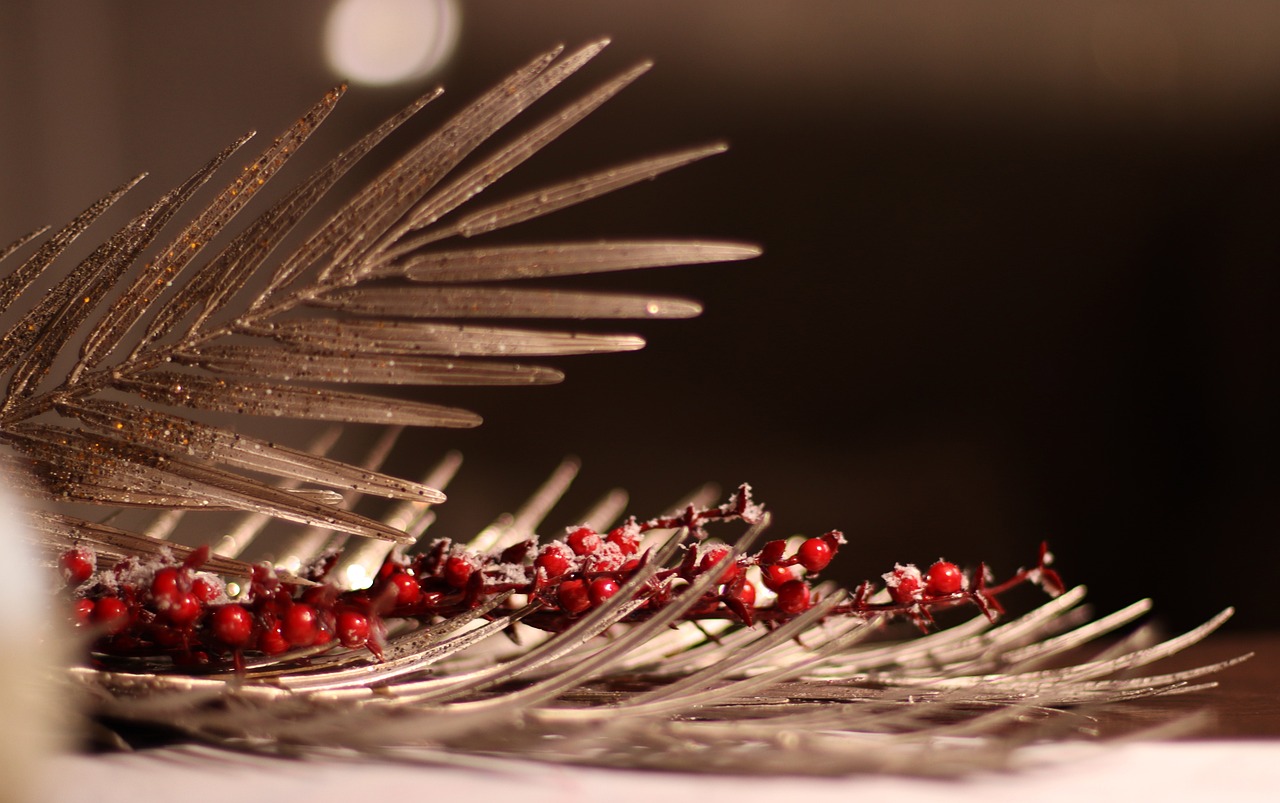
Finishing Touches
Once you’ve painted and prepped your old food tray, the real magic happens during the finishing touches. This is where your creativity can truly shine! Think of this stage as the icing on the cake; it’s what transforms a simple tray into a stunning centerpiece that reflects your personal style. You might be wondering, “What can I do to make my tray stand out?” Well, let’s dive into some exciting options!
First off, consider adding embellishments. These can range from simple to intricate, depending on your vision. For instance, you could use stencils to add patterns or quotes that resonate with you. This technique is great for those who enjoy a little artistic flair but aren’t necessarily painters. You can find stencils in various designs—floral, geometric, or even whimsical—that can be easily applied using a sponge or brush.
Another fantastic option is decoupage. This involves gluing decorative paper onto your tray and sealing it with a protective finish. You can use anything from vintage magazine clippings to wrapping paper that matches your home decor. The beauty of decoupage is its versatility; it allows you to create a unique piece that tells a story or showcases your interests. Just imagine a tray adorned with your favorite travel memories or a beautiful floral design that brightens up your space!
If you’re looking for something a bit more tactile, consider adding hardware. Drawer pulls or handles can not only enhance the functionality of your tray but also add an element of sophistication. Choose hardware that complements your design theme—think rustic metal for a farmhouse look or sleek brass for a modern touch. Installing these elements is usually straightforward, requiring just a drill and a few screws.
Finally, don’t forget about the finishing coat! Applying a protective sealant can help preserve your tray for years to come. Whether you opt for a matte or glossy finish, this step ensures that your hard work remains intact, allowing your creation to shine in your home. Plus, it adds a layer of durability, especially if you plan to use the tray for serving snacks or drinks.
In summary, the finishing touches are where your personality can truly shine through. Whether you choose to stencil, decoupage, add hardware, or seal your tray, these elements will transform your upcycled food tray into a chic decor piece that’s not only beautiful but also functional. So, roll up your sleeves and let your imagination run wild—your old tray is about to become a stunning conversation starter!
- Can I use any type of paint for my tray? It's best to choose paint that is suitable for the material of your tray. Acrylic and chalk paint are popular choices for wood and metal trays.
- How do I remove old paint from my tray? You can use a paint stripper or sandpaper to carefully remove old paint, but ensure you follow safety guidelines and work in a well-ventilated area.
- What sealant should I use? A clear acrylic sealant is a great option for protecting your finished tray. Choose between matte or glossy based on your desired look.
- Can I use my upcycled tray for food? Yes, but make sure to use food-safe finishes and sealants to ensure it’s safe for serving food items.
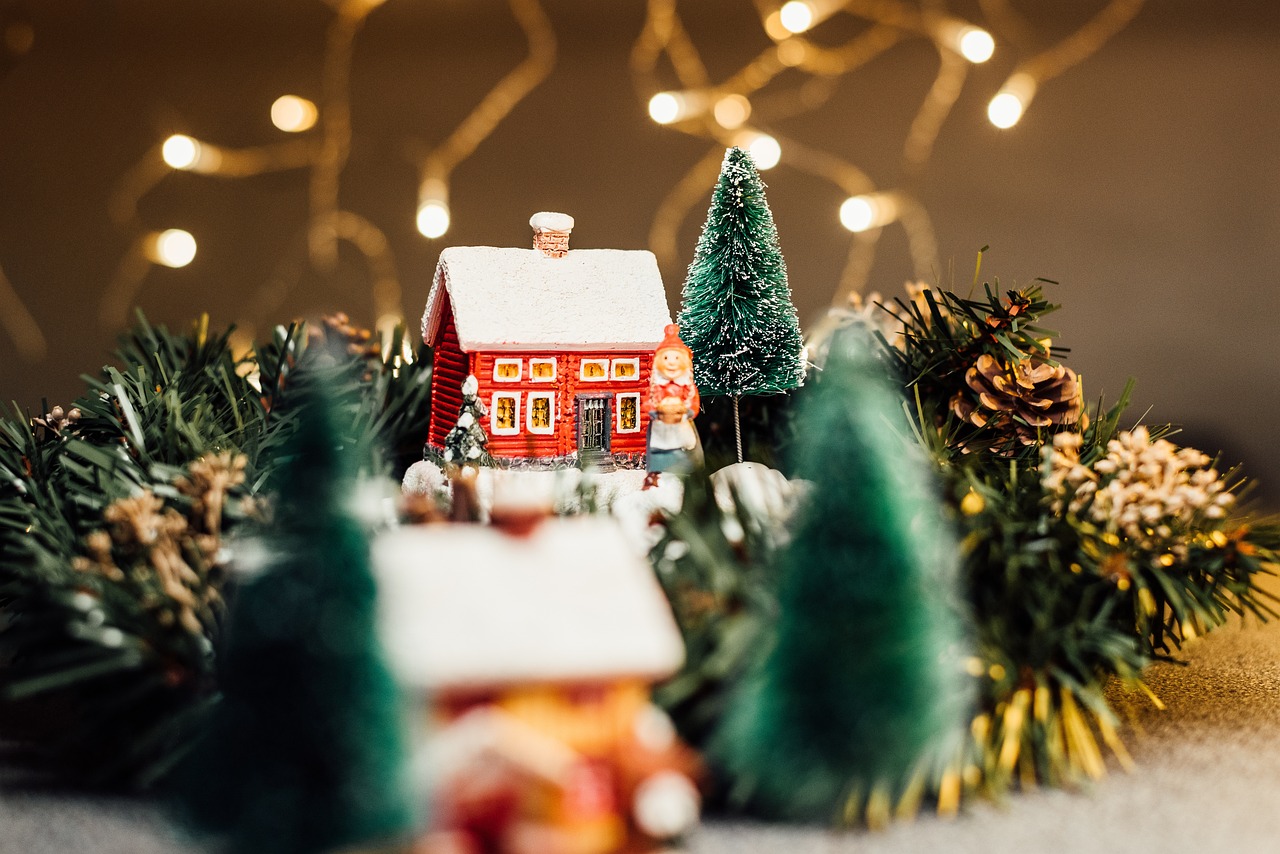
Functional Uses for Your Upcycled Tray
Once you’ve transformed your old food tray into a chic piece of decor, you might be surprised at how versatile it can be in your home. An upcycled tray is not just a decorative item; it can serve multiple functional purposes that enhance your living space. Imagine a beautiful tray sitting on your coffee table, not just as a showpiece, but as a practical solution for organizing your essentials. Whether you want to serve drinks, display items, or even create a mini garden, the possibilities are endless!
One of the most popular uses for an upcycled tray is as a stylish serving platter. Picture this: you’re hosting a gathering, and instead of scrambling to find random plates, you bring out your beautifully painted tray filled with appetizers, drinks, or desserts. It adds a touch of elegance and charm to your entertaining style. Plus, it’s a great conversation starter! You can even customize it to match your party theme, making it a unique centerpiece.
But wait, there’s more! Your upcycled tray can also double as a catch-all for small items. Think about the clutter that accumulates on your countertops and tables. By placing your tray in strategic locations, you can keep your keys, mail, or miscellaneous items organized and easily accessible. This not only declutters your space but also adds a decorative touch. You can even personalize the tray with a small label for each section, giving it a neat and tidy appearance.
Another creative idea is to use your tray as a decorative display for your favorite items. Whether it’s a collection of candles, succulents, or books, a tray can help you curate a beautiful vignette on your shelf or table. This arrangement not only showcases your personality but also creates a focal point in the room. You can play with different heights and textures to make the display even more eye-catching.
If you’re feeling particularly crafty, consider turning your tray into a mini garden. This could be a great project for those with limited space for gardening. Fill your tray with small pots of herbs, succulents, or flowers to create a charming indoor garden. It’s a delightful way to bring some greenery into your home, and you can easily move it around to catch the best sunlight. Plus, having fresh herbs at your fingertips is a bonus for any cooking enthusiast!
In summary, the functional uses for your upcycled tray are as diverse as your imagination allows. From serving platters to decorative displays and even mini gardens, this simple item can enhance both the aesthetics and functionality of your home. So, don’t let that old food tray gather dust in the corner; give it a new life and watch how it transforms your space!
| Question | Answer |
|---|---|
| Can I use any type of tray for upcycling? | Yes! Almost any old food tray can be upcycled, but consider the material and condition for the best results. |
| What are the best paints to use for upcycling trays? | Acrylic, chalk paint, and spray paint are popular choices depending on the finish you desire. |
| How do I clean my old tray before upcycling? | Use gentle cleaners, warm water, and a soft cloth to remove grime without damaging the material. |
| Can I use my upcycled tray outdoors? | It depends on the materials used; if you use weather-resistant finishes, your tray can be enjoyed outdoors. |
Frequently Asked Questions
- What type of tray is best for upcycling?
When it comes to upcycling, the best trays are those made of sturdy materials like wood or metal. Look for trays that are in good condition, without too many dents or scratches. A larger tray can also provide more space for creativity, while smaller trays can be perfect for decorative accents.
- How do I clean my old food tray before upcycling?
Cleaning your tray is a crucial step! Start by washing it with warm soapy water to remove any food residue. For tougher grime, consider using a mixture of vinegar and baking soda. Just remember to be gentle to avoid damaging the surface. Once clean, let it dry completely before moving on to sanding or priming.
- What are some effective methods for removing stubborn stains?
Stubborn stains can be a real pain, but don't worry! You can try using a paste made from baking soda and water, or a bit of lemon juice. For more persistent stains, a commercial cleaner specifically designed for the tray's material can work wonders. Always test a small area first to ensure it won’t cause damage.
- What painting techniques can I use for my upcycled tray?
There are several fun painting techniques you can try! Brush painting gives a classic look, while spray painting can provide a smooth finish. You could also explore sponging or stenciling for unique designs. Just make sure to choose paint that’s suitable for the material of your tray for the best results.
- How can I add finishing touches to my upcycled tray?
Finishing touches can really make your tray pop! Consider using decoupage with decorative paper or fabric to add a personal touch. Stencils can create beautiful patterns, and adding hardware like handles can enhance both functionality and style. Let your creativity shine!
- What are some functional uses for my upcycled tray?
Your upcycled tray can serve many purposes! Use it as a decorative centerpiece for your dining table, a catch-all for keys and mail, or even a stylish serving tray for snacks during movie night. The possibilities are endless, so think about how it can fit into your daily life!



















